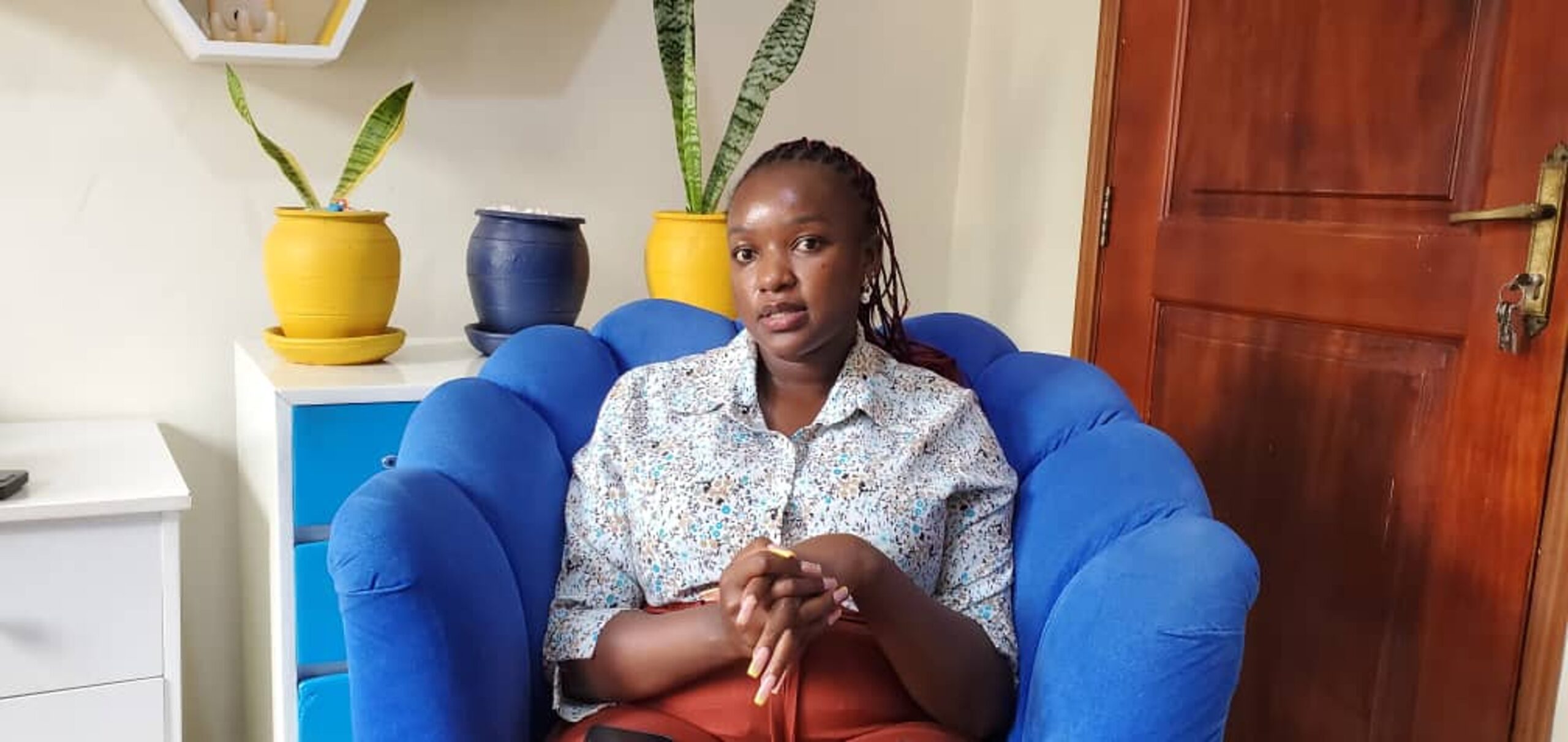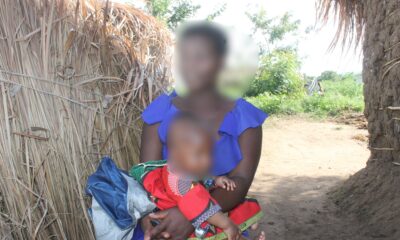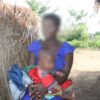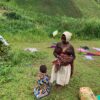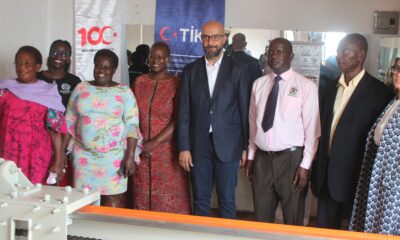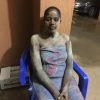Gender
The Hidden Burden of Fibroids-A Woman’s Silent Struggle
By Catherine Namugerwa
Joy, a 27-year-old woman, lives in the bustling streets of Kampala, Uganda, and her story parallels the untold problems experienced by millions of women around the world. Her experience with a uterine fibroid made her days a careful balance between work and the outside world, but she remained strong and resilient. But beneath her daily routine lay a silent burden, few people were aware of the painful and debilitating effects of uterine fibroids.
She claims that one fateful day, she walked in for a routine checkup only to be informed that she had one large fibroid and would require surgery to treat its effects. At first, she assumed it was normal, perhaps the price any woman pays for conception. After all, she had no particular knowledge about it. The discomfort increased over the years, though, as she started visiting the bathroom every after two hours and even basic tasks became difficult.
The Stigma of Women’s Health
Reproductive health concerns are frequently hidden in Uganda, as they are in many other countries. It can feel inappropriate to discuss menstrual issues or ask for help with something so private. This quiet weighed heavily on Joy as well. She kept telling herself that her position as a woman was more significant than her misery whenever the pain got too much. Besides, with whom could she speak to? Dismissing it as a typical aspect of being a woman.
Her suffering became more intense, and she felt more alone. She observed that her productivity at work was decreasing. Her life was getting out of control due to chronic exhaustion and frequent visits to the bathroom. When she confided in friends, she discovered something shocking. Her friends, too, have been experiencing the same experiences. Nonetheless, neither of them had considered seeking medical care. They were both constrained by the same societal expectations, endure silently, don’t complain, and avoid showing weakness.
A Diagnosis at Last
Joy didn’t get uncomfortable at work until she began to experience symptoms. After hearing her complaints and doing a scan, the doctor diagnosed her with uterine fibroids, a word she had never heard of before. “Fibroids are non-cancerous growths that develop in the uterus,” the doctor explained. They are prevalent, particularly among African American women. By the time they are 50 years old, up to 80% of African women will have fibroids.
Joy had lived with this condition for years without even knowing it had a name. As the doctor spoke about treatment options—ranging from medication to surgery—Joy’s thoughts spiraled. How could something so debilitating be so common, yet so rarely spoken about? Why had she and so many women like her suffered in silence?
The Cost of Silence
Joy realized the intersections of gender, culture, and healthcare access. In a world where women’s health issues are frequently overlooked and addressing reproductive health feels like a terrible secret, many women like her bear the burden of fibroids without seeking treatment. The difficulty is much larger in rural regions, where healthcare resources are limited and many are unaware of diseases like fibroids. Women often suffer in silence, believing that the pain is natural.
However, fibroids have impacts on society and the economy in addition to being a health concern. Since she had started being on and off, Joy had already started to feel the strain at work, and things were not going well. Similar challenges are faced by many Ugandan women, who miss work, struggle to keep up their energy levels to care for their children, household and cope with the psychological effects caused by their disease. The burden is not just physical but also deeply psychological.
Finding Her Voice
Joy realized she could no longer remain silent after receiving her diagnosis. She started using social media accounts like tiktok to share her experience with fibroids, and it was during these discussions that she came to understand the importance of awareness and community. Together, they pushed back against the cultural conventions that had kept them silent for so long and urged one another to receive medical attention.
Joy’s diagnosis marked the beginning of her journey, not its end point. Her health improved once she eventually had surgery to remove the fibroid with her family’s support. However, she came away with a greater awareness of the unseen weight that so many women bear.
She turned became an advocate, urging women to get care as soon as possible and speaking out in her community on the value of reproductive health education. Her voice joined an expanding cry out demanding improved access to healthcare for women and ending the silence around fibroids.
The Fight for Change
Joy’s story is not the only one. Fibroids affect thousands of women in Uganda, many of whom are unaware of the condition’s name. They are dealing with a health crisis that is rarely talked about but has an impact on almost every part of their life, from their financial security to their physical health. This hidden burden is exacerbated by a lack of knowledge, the stigma associated with women’s health, and the shortcomings of the healthcare system.
Gynecologists confirm that the only accurate way to find out whether a woman has fibroids is with a TV scan, and that fibroids can often be asymptomatic. Dr. Ssematimba works at Crystal Medical Center as a gynecologist. Rubaga, women who are still of reproductive age are more likely to have fibroids.
Dr. Ssematimba states that a number of factors, such as the patient’s age, are usually taken into consideration when treating fibroids. According to experts, treating fibroids’ symptoms does not always result in the healing of the fibroids.
Fibroids can be treated, according to Dr. Sematimba, but women should always first consult with a gynecologist. “Fibroids can be healed, but a woman should see a gynecologist first,” says Dr. Sematimba.
One of the most challenging issues they encounter, according to gynecologist Dr. Suzan Atuhairwe of Mulago Specialized Women and Neonatal Hospital, is that patients spend more time trying out with herbal medications, which she says are more harmful than beneficial. However, a naturopathic therapist disputes this.
Before treating fibroids, women are scanned by expert doctors, according to Dr. Richard Ssenjobe a naturopathic therapist from Biva Organic.
A woman’s fear of surgery makes her hesitant to visit the hospital, especially if she has never given birth, but experts have explained the dangers of this. According to gynecologists, most women find that operations are quite costly, which forces them to look for alternative means of survival, while others are left without any options for medication.
Research shows that any woman with a uterus can get fibroid, but there is certain group of people who are more likely to get fibroids compared to other women as Dr. Ssematimba explains.
Many women who suffer from this disease have faced many kinds of challenges as a result of myths and misconceptions regarding the disease, particularly within their communities. Despite the fact that no effective research has been conducted to understand the causes of these fibroids, doctors advise women on how to lower their chances of developing fibroids.
According to experts, if fibroids are not treated early, 1% of women will get cancer. For this reason, women are advised to observe their body changes and also get used to regular tests for various diseases. According to research by the Centers for Disease Control and Prevention 2021, 70%-80% of women worldwide are plagued with fibroids by the age of 50s.
In Africa, 20%-40% of black women in their 30s are heavily afflicted by fibroids, compared to whites. In Uganda, according to the various kinds of studies carried out, it has been proved that women in their 30s are most affected, and with some not having children.
This story was produced with support from Aga Khan University, Graduate School of Media and Communications, under the AGEMCS Fellowship.


